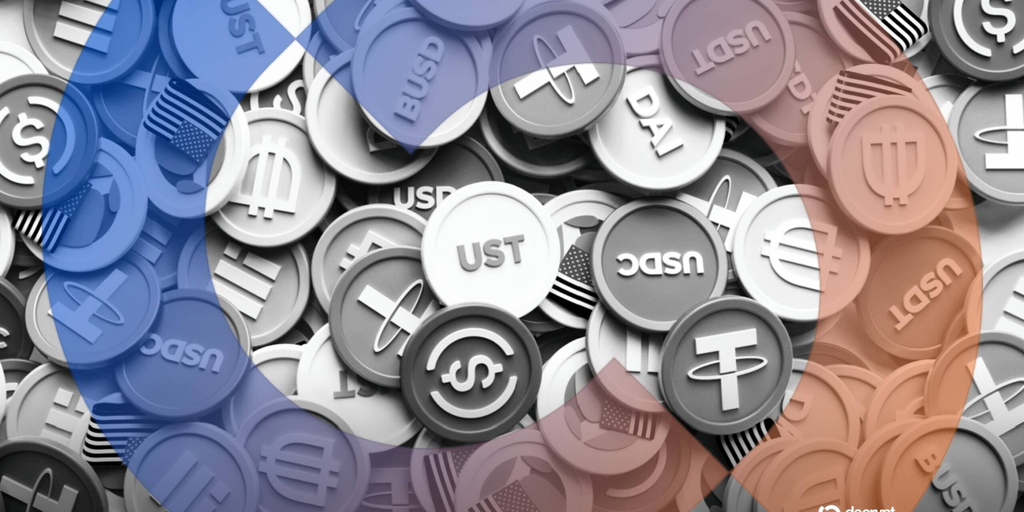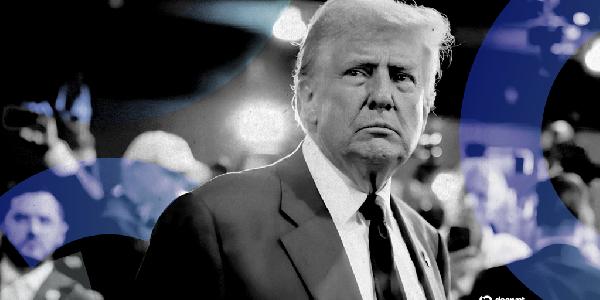JPMorgan Chase is expanding its stablecoin development, although CEO Jamie Dimon‘s expressed skepticism about their usefulness in the banking giant‘s second quarter earnings call on Tuesday.
“We‘re going to be involved in both JPMorgan deposit coin and stablecoins to understand it, to be good at it,” Dimon said. “I think they‘re real, but I don‘t know why you‘d want to use a stablecoin as opposed to just payment.”
The move reflects the growing interest of traditional financial institutions in adapting to digital assets, as policymakers in the United States work to pass stablecoin and other crypto-related bills during the so-called “Crypto Week.”
Other traditional finance institutions eyeing stablecoin products include Bank of America, Citigroup, and Wells Fargo, which, along with JP Morgan, are exploring a shared stablecoin project. In June, JP Morgan announced that it would introduce a stablecoin product for use exclusively among its institutional clients.
“The biggest competitive edge big banks have is their ability to collaborate with one another,” Amberdata Director of Derivatives Greg Magadini, told Decrypt. “They worked together to coordinate payment processing through Zelle, and they may attempt something similar with tokenized deposits, then eventually with traditional stablecoins.”
Magadini said that fintech companies like Circle are moving aggressively to stay ahead of the competition, expanding beyond traditional stablecoins and real-world assets, similar to what Robinhood is doing with tokenized stocks.
“The initial interest from big banks like JP Morgan, Bank of America, and Citigroup will come in the form of tokenized deposits and some exploratory developments around true stablecoins, Magadini said. “For the most part, I expect the big banks to remain cautious and only slowly move into the space.”
Standard Chartered’s head of digital asset research, Geoff Kendrick, said in a note Tuesday that stablecoins could begin reshaping the U.S. Treasury market once their combined value reaches $750 billion, according to reports. That threshold, he wrote, would likely increase demand for short-term Treasury bills—commonly used to back stablecoins—and pressure the federal government to adjust its debt issuance strategies.
“In the U.S., once the stablecoin market gets to a certain size, the amount of T-bills required to back stablecoins will likely require a shift in planned issuance across the curve towards more T-bill issuance, less longer-tenor issuance,” Kendrick wrote. “This potentially has implications for the shape of the U.S. Treasury yield curve and demand for USD assets.”
The stablecoin market currently stands at approximately $263 billion, according to data provider CoinGecko. Kendrick projects that it could more than triple by the end of 2026, driven partly by regulatory clarity and passage of the stablecoin-focused GENIUS Act.
While Dimon did not comment on whether JPMorgan would consider collaborating with other banks on a joint stablecoin initiative, Magadini emphasized that banks tend to be more cautious than investors.
“Banks will likely take a slow approach to stablecoins—much like how the spot Bitcoin ETF (IBIT) only launched in 2024, sixteen years after the release of the Bitcoin whitepaper,” Magadini said. “Dimon’s comments seem more like a response to the growing presence of stablecoins than a full embrace. Right now, the risks for banks seem to outweigh the opportunities.”
While Dimon remains publicly unconvinced about consumer demand for stablecoins, he acknowledged that fintech firms are making strategic moves to break into core banking functions.
"They‘re trying to figure out a way to create bank accounts, to get into payment systems and rewards programs, and we have to be cognizant of that, and the way to be cognizant is to be involved,” he said.
JP Morgan did not respond to Decrypt’s request for comment.
Your Email









